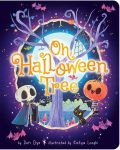
Oh, Halloween Tree Review The Halloween Tree – Oemiu
Oh, Halloween Tree Review: A Deep Dive into Bradbury’s Timeless Tale
Ray Bradbury’s “The Halloween Tree” isn’t just a children’s book; it’s a meticulously crafted exploration of history, myth, and the very essence of what Halloween means to us. Far from a simple tale of trick-or-treating, it’s a journey through time and across cultures, guided by the enigmatic Mr. Carapace Clavicle Moundshroud, a character as captivating as he is cryptic. To truly appreciate “The Halloween Tree,” one must delve into its layers, exploring its themes, characters, and the enduring impact it has had on generations of readers. This review seeks to do just that, offering a comprehensive look at why “The Halloween Tree” continues to resonate so profoundly.
A Journey Through Time and the Origins of Halloween
At its core, “The Halloween Tree” is an educational odyssey disguised as a thrilling adventure. Bradbury masterfully weaves together historical facts and fantastical elements, taking readers on a whirlwind tour of Samhain traditions, Egyptian mummification rituals, the Druidic practices associated with the holiday, and the construction of Notre Dame Cathedral (where a crucial scene unfolds). The book doesn’t merely mention these elements; it immerses the reader in them. Each stop on the boys’ journey provides a tangible connection to the origins of Halloween, revealing its evolution from ancient pagan rituals to the modern-day celebration we know and love. The reader learns about the significance of pumpkins, the symbolic meaning of ghosts and ghouls, and the pervasive fear of death that has always been intertwined with the holiday.
Bradbury’s writing style is particularly effective in conveying this information. He doesn’t present a dry historical lecture; instead, he uses vivid imagery and evocative language to paint a picture of each historical period. Imagine the smoky bonfires of the ancient Celts, the eerie stillness of an Egyptian tomb, or the gothic grandeur of Notre Dame bathed in moonlight. These scenes are not just settings; they are integral to understanding the cultural and historical context of Halloween. By experiencing these places through the eyes of the protagonists, readers gain a deeper appreciation for the traditions and beliefs that have shaped the holiday over centuries. For someone looking for Halloween books for kids, this delivers on education and entertainment.
The narrative structure itself is a key element in conveying the educational aspect. The boys’ pursuit of Pipkin, their ailing friend, serves as a catalyst for their journey through time. Each location they visit offers a clue to Pipkin’s whereabouts, but more importantly, it provides a window into a different facet of Halloween’s history. As they encounter ghosts, demons, and other supernatural creatures, they learn about the beliefs and fears that have fueled the holiday’s enduring appeal. This clever blending of adventure and education makes “The Halloween Tree” a truly unique and enriching reading experience. It’s more than just a spooky story; it’s a valuable lesson in cultural history.
Furthermore, the book encourages readers to think critically about the origins of their own traditions. Why do we dress up in costumes? Why do we carve pumpkins? Why do we tell ghost stories? By exploring the historical roots of these customs, “The Halloween Tree” prompts us to consider the deeper meaning behind them. It reminds us that Halloween is not just about candy and costumes; it’s about confronting our fears, celebrating the harvest, and remembering those who have come before us. This element of reflection elevates the book beyond a simple children’s story and transforms it into a thoughtful meditation on the human experience.
The Enigmatic Mr. Moundshroud: Guide or Manipulator?
Mr. Carapace Clavicle Moundshroud is undoubtedly one of the most fascinating and complex characters in Bradbury’s repertoire. His very name evokes a sense of mystery and otherworldliness. Described as a towering figure with a skeletal frame and eyes that “burned like candle flames,” Moundshroud is a powerful and enigmatic presence throughout the novel. His role is multifaceted: he serves as a guide, a historian, and perhaps even a manipulator, leading the boys on their journey through time and revealing the origins of Halloween. The ambiguity surrounding his true nature is what makes him so compelling.
Is Moundshroud a benevolent force, helping the boys to understand and appreciate the true meaning of Halloween? Or is he a more sinister figure, exploiting their desperation to save Pipkin for his own purposes? The book offers no easy answers. On the one hand, Moundshroud provides invaluable insights into the history and mythology of Halloween, sharing his vast knowledge with the boys and helping them to understand the significance of the holiday’s various symbols and traditions. He shows them the ancient rituals, the beliefs that underlie the practices, and the fears that drive the celebrations. On the other hand, his methods are often unsettling, and his motivations remain unclear. He seems to relish in the macabre and the grotesque, and he sometimes appears to be testing the boys’ courage and resolve. His appearance and demeanor are certainly designed to inspire fear, not trust. What does he hope to gain? Is it simply the satisfaction of sharing his knowledge, or does he have a more ulterior motive?
The ambiguity of Moundshroud’s character adds a layer of complexity to the story, prompting readers to question his intentions and to consider the ethical implications of his actions. He challenges the boys to confront their own fears and beliefs, forcing them to grapple with the darker aspects of human nature. In a way, he serves as a mirror, reflecting back the boys’ own desires and anxieties. It’s up to the reader to decide if Moundshroud’s is helping or hindering.
Ultimately, Moundshroud is a symbol of the ambiguity that lies at the heart of Halloween itself. The holiday is a time for both celebration and reflection, for embracing the light and acknowledging the darkness. Moundshroud embodies this duality, representing both the allure and the danger of the unknown. He is a reminder that knowledge comes at a price and that true understanding requires a willingness to confront our deepest fears. The symbolism of the Halloween Tree itself underscores this point. The tree, adorned with jack-o’-lanterns representing the various cultures and traditions associated with Halloween, serves as a visual representation of the holiday’s rich and complex history. It is Moundshroud who guides the boys through this labyrinth of history and myth, offering them a glimpse into the past and a chance to save their friend. He is the key to unlocking the secrets of Halloween, but whether those secrets are ultimately beneficial or harmful remains an open question. The question of Moundshroud’s true nature remains one of the most enduring mysteries of “The Halloween Tree,” inviting readers to ponder the complexities of human motivation and the enduring power of the unknown. For lovers of Halloween stories for older kids, this is a great choice.
The Power of Friendship and Sacrifice
While the historical and mythological aspects of “The Halloween Tree” are certainly compelling, the story is ultimately about the power of friendship and the willingness to make sacrifices for those we care about. The boys’ unwavering loyalty to Pipkin, their ailing friend, is the driving force behind their journey. They are willing to face their fears, travel through time, and confront the unknown in order to save him. This devotion is a testament to the strength of their bond and the importance of human connection. The boys are willing to give up something of themselves to try and save Pipkin.
Each of the boys represents a different aspect of friendship and loyalty. Tom Skelton, the pragmatic leader, is driven by a sense of responsibility. Ralph, the imaginative dreamer, offers creative solutions to the challenges they face. Wally, the timid follower, finds courage in the support of his friends. And George, the strong and silent type, provides unwavering support and protection. Together, they form a cohesive unit, each contributing their unique strengths to the common goal of saving Pipkin. Their different approaches highlight the various facets of friendship, emphasizing that loyalty comes in many forms.
The climax of the story, in which the boys each offer a year of their lives to save Pipkin, is a powerful testament to the depth of their commitment. This act of selflessness demonstrates the ultimate sacrifice they are willing to make for their friend. It is a moment of profound emotional resonance, highlighting the transformative power of love and loyalty. The scene is not simply a plot device; it is a symbolic representation of the true meaning of friendship. It suggests that true friendship requires a willingness to put the needs of others before our own and to make sacrifices for the sake of those we care about. This sacrifice underscores the theme that friendship and love are more powerful than fear and death.
The significance of Pipkin’s character should not be overlooked. Although he is physically absent for most of the story, his presence is felt throughout. He serves as a symbol of vulnerability and the importance of protecting those who are weaker than ourselves. The boys’ desire to save Pipkin is not simply a matter of loyalty; it is also a reflection of their compassion and empathy. They recognize his vulnerability and are driven by a desire to alleviate his suffering. This adds another layer to the theme of friendship, emphasizing the importance of caring for those in need. Ultimately, “The Halloween Tree” is a celebration of the enduring power of friendship and the transformative potential of selflessness. The boys’ journey is a testament to the strength of human connection and a reminder that even in the darkest of times, love and loyalty can prevail. Even in the pursuit of “The Halloween Tree” book summary, the core themes of friendship shine through.
The Enduring Legacy of The Halloween Tree
“The Halloween Tree” has left an indelible mark on both literature and popular culture. Since its publication in 1972, it has become a beloved classic, cherished by readers of all ages. Its unique blend of historical fact, fantastical adventure, and profound emotional resonance has resonated with generations, solidifying its place as a timeless masterpiece. The book’s influence can be seen in countless other works of literature, film, and television, particularly in the realm of fantasy and horror.
The book’s appeal lies in its ability to transport readers to a world of imagination and wonder while simultaneously offering valuable insights into the origins and meaning of Halloween. It has become a staple in classrooms and libraries, used by educators to teach children about history, mythology, and the importance of cultural understanding. Its accessible language and engaging storyline make it an ideal introduction to the world of literature for young readers, while its deeper themes and complex characters provide ample fodder for discussion and analysis among older audiences. It can spark a lifelong love of reading, and it can foster a greater appreciation for the power of storytelling.
Beyond its literary merit, “The Halloween Tree” has also had a significant impact on the way we celebrate Halloween. The book has helped to popularize the idea of Halloween as a time for both fun and reflection, for embracing the spooky and celebrating the spirit of community. Its emphasis on the historical and mythological roots of the holiday has encouraged people to look beyond the superficial aspects of costumes and candy and to appreciate the deeper cultural significance of Halloween. This has led to a greater appreciation for the traditions and customs that have shaped the holiday over centuries and has fostered a greater sense of connection to the past.
Moreover, “The Halloween Tree” has inspired countless Halloween decorations, costumes, and events. Its imagery, from the towering figure of Mr. Moundshroud to the iconic Halloween Tree itself, has become synonymous with the holiday, appearing in everything from haunted houses to school plays. The book has helped to create a shared visual language for Halloween, uniting people across cultures and generations in a common celebration of the holiday. This enduring legacy is a testament to the power of Bradbury’s vision and the enduring appeal of “The Halloween Tree”.
| Feature | Description |
|---|---|
| Genre | Fantasy, Adventure, Children’s Literature |
| Themes | Friendship, Sacrifice, History of Halloween, Fear, Death |
| Setting | Midwestern United States, Various historical locations across time |
| Main Characters | Tom Skelton, Pipkin, Mr. Moundshroud |
| Target Audience | Children and adults interested in fantasy, history, and Halloween |
Frequently Asked Questions
What is the central message of “The Halloween Tree”?
The central message of “The Halloween Tree” revolves around the themes of friendship, sacrifice, and understanding the historical and cultural roots of Halloween. It underscores the importance of loyalty and the willingness to make sacrifices for those we care about, as exemplified by the boys’ desperate attempt to save Pipkin. The story also delves into the historical origins of Halloween, tracing its evolution from ancient pagan rituals to the modern-day celebration. It emphasizes that understanding the past can enrich our appreciation of the present and help us to connect with cultures from all corners of the world. Ultimately, the book suggests that Halloween is more than just costumes and candy; it’s a celebration of life, a confrontation with death, and a reminder of the enduring power of human connection. It’s about understanding where we came from and honoring those who came before us.
Who is Mr. Moundshroud, and what is his role in the story?
Mr. Carapace Clavicle Moundshroud is a mysterious and complex character who serves as a guide and teacher to the boys in “The Halloween Tree.” His role is multifaceted, acting as a historian, a trickster, and perhaps even a manipulator. He leads the boys on their journey through time, revealing the origins of Halloween and challenging them to confront their fears and beliefs. While he provides valuable insights into the holiday’s history and mythology, his motivations remain ambiguous. The reader must determine if he is a benevolent force or someone using the boys. He represents the duality inherent in Halloween, embodying both the allure and the danger of the unknown. His true nature is ultimately left to interpretation, adding to the book’s enduring mystique.
How does “The Halloween Tree” blend fantasy and historical fact?
Ray Bradbury masterfully blends fantasy and historical fact by weaving together fantastical elements and real historical events and traditions throughout the narrative. The boys’ journey through time, guided by the enigmatic Mr. Moundshroud, takes them to various historical locations and time periods, where they witness firsthand the origins of Halloween customs and beliefs. For example, they visit ancient Egypt to learn about mummification rituals, Druidic forests to explore Samhain traditions, and medieval Europe to witness the construction of Notre Dame Cathedral. These historical settings are not merely backdrops but are integral to the plot, providing context for the development of Halloween traditions. Bradbury’s vivid prose brings these historical settings to life, immersing readers in the sights, sounds, and beliefs of each era. The fantastical elements, such as ghosts, demons, and other supernatural creatures, are interwoven with historical facts to create a seamless and believable narrative. For those delving into “The Halloween Tree” plot, this fusion is vital to understanding the narrative.
What are some of the key symbols in “The Halloween Tree”?
Several key symbols contribute to the deeper meaning of “The Halloween Tree.” The Halloween Tree itself, adorned with jack-o’-lanterns representing different cultures and traditions, symbolizes the interconnectedness of human history and the diverse origins of Halloween. Each jack-o’-lantern represents a different aspect of the holiday, reflecting the beliefs, fears, and celebrations of various cultures across time. Mr. Moundshroud represents the mystery and ambiguity inherent in Halloween, embodying both the allure and the danger of the unknown. The boys’ costumes symbolize their desire to connect with the traditions of Halloween and to embrace the spirit of the holiday. Finally, Pipkin symbolizes vulnerability and the importance of protecting those who are weaker than ourselves. He is the reason for the boy’s adventures. These symbols work together to create a rich and layered narrative that resonates with readers on multiple levels.
What age group is “The Halloween Tree” suitable for?
While “The Halloween Tree” is often marketed as a children’s book, it appeals to a wide range of readers, from older elementary school children to adults. The book’s accessible language and engaging storyline make it a good choice for younger readers, while its deeper themes and complex characters provide ample fodder for discussion and analysis among older audiences. The book’s themes of death and sacrifice may be sensitive for some younger children, so it’s important for parents or educators to consider the individual maturity level of each reader. However, the book’s ultimately hopeful message and its emphasis on the importance of friendship and loyalty make it a worthwhile read for people of all ages. Some younger children may be scared by some of the darker elements, so parent or teacher guidance may be helpful.
How does “The Halloween Tree” reflect Ray Bradbury’s writing style?
“The Halloween Tree” is a quintessential example of Ray Bradbury’s unique writing style. His lyrical prose is characterized by vivid imagery, evocative language, and a keen attention to sensory detail. Bradbury uses similes and metaphors extensively to paint a picture of each scene, immersing the reader in the sights, sounds, and smells of the story. His writing is also infused with a sense of nostalgia and wonder, reflecting his own fascination with the past and his belief in the power of imagination. The characters in “The Halloween Tree” are richly drawn and memorable, each with their own distinct personality and voice. Bradbury’s writing is also notable for its blend of fantasy and realism, creating a world that is both familiar and otherworldly.
What is the significance of the ending of “The Halloween Tree”?
The ending of “The Halloween Tree” is both poignant and uplifting, offering a resolution to the central conflict and reinforcing the book’s core themes. Pipkin is saved, but at the cost of the boys’ time. This act of selflessness emphasizes the transformative power of love and loyalty. The ending also suggests that true friendship requires a willingness to put the needs of others before our own. Moreover, the ending underscores the importance of understanding and appreciating the historical and cultural roots of Halloween. By learning about the origins of the holiday, the boys gain a deeper understanding of its meaning and significance. This understanding allows them to embrace the spirit of Halloween with a renewed sense of appreciation and connection. The ending is a reminder that even in the darkest of times, hope and compassion can prevail. The Halloween Tree movie does an excellent job portraying this too.
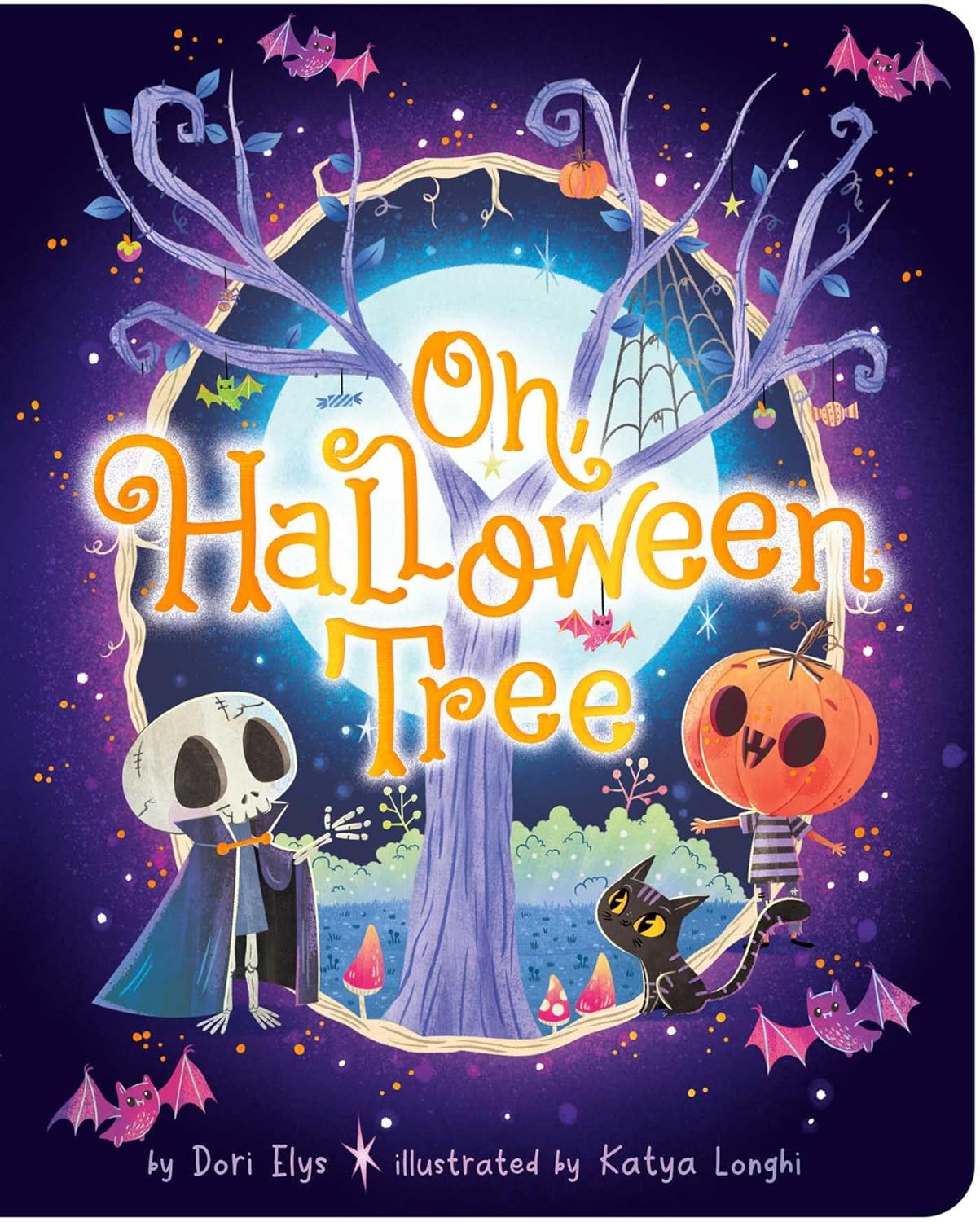
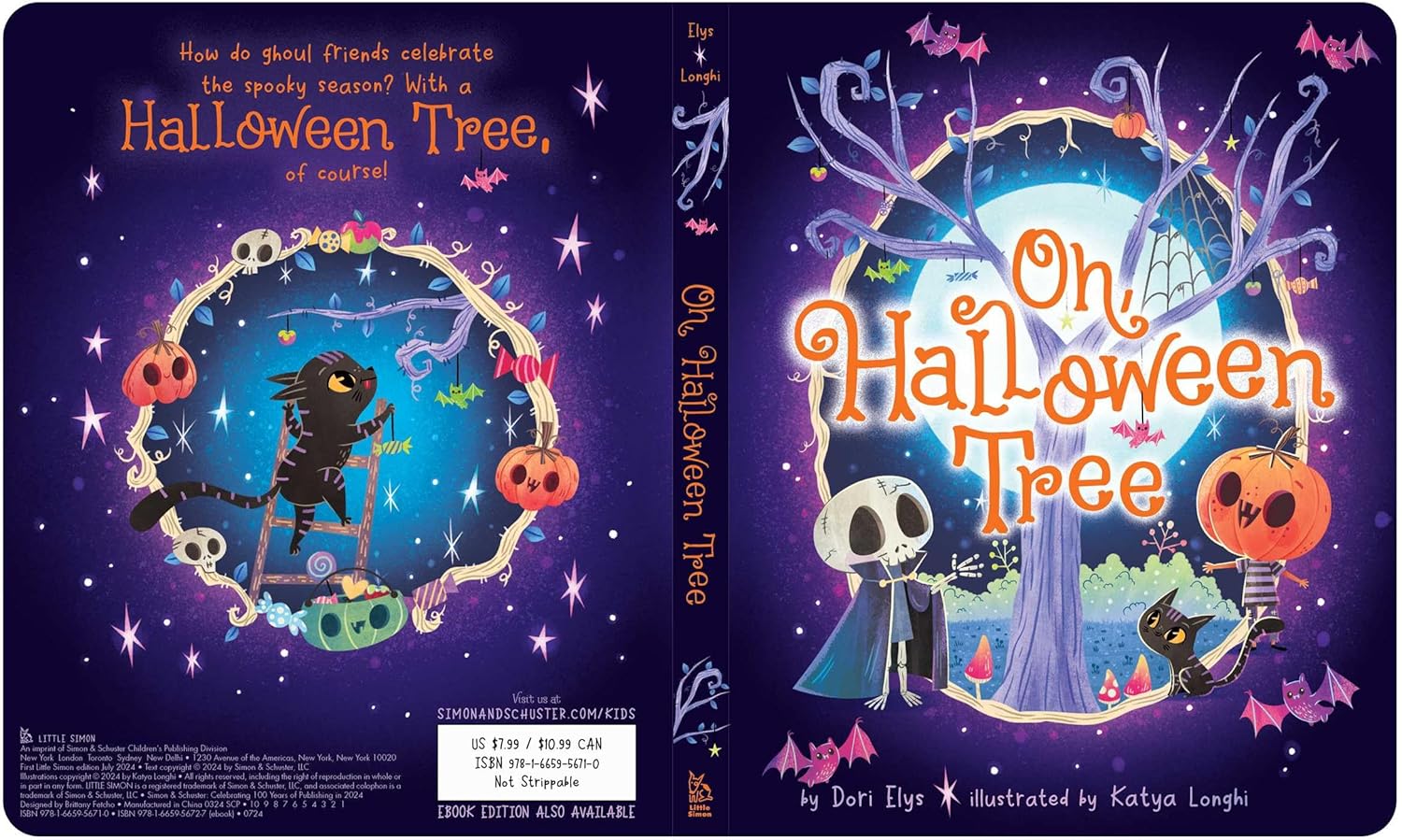
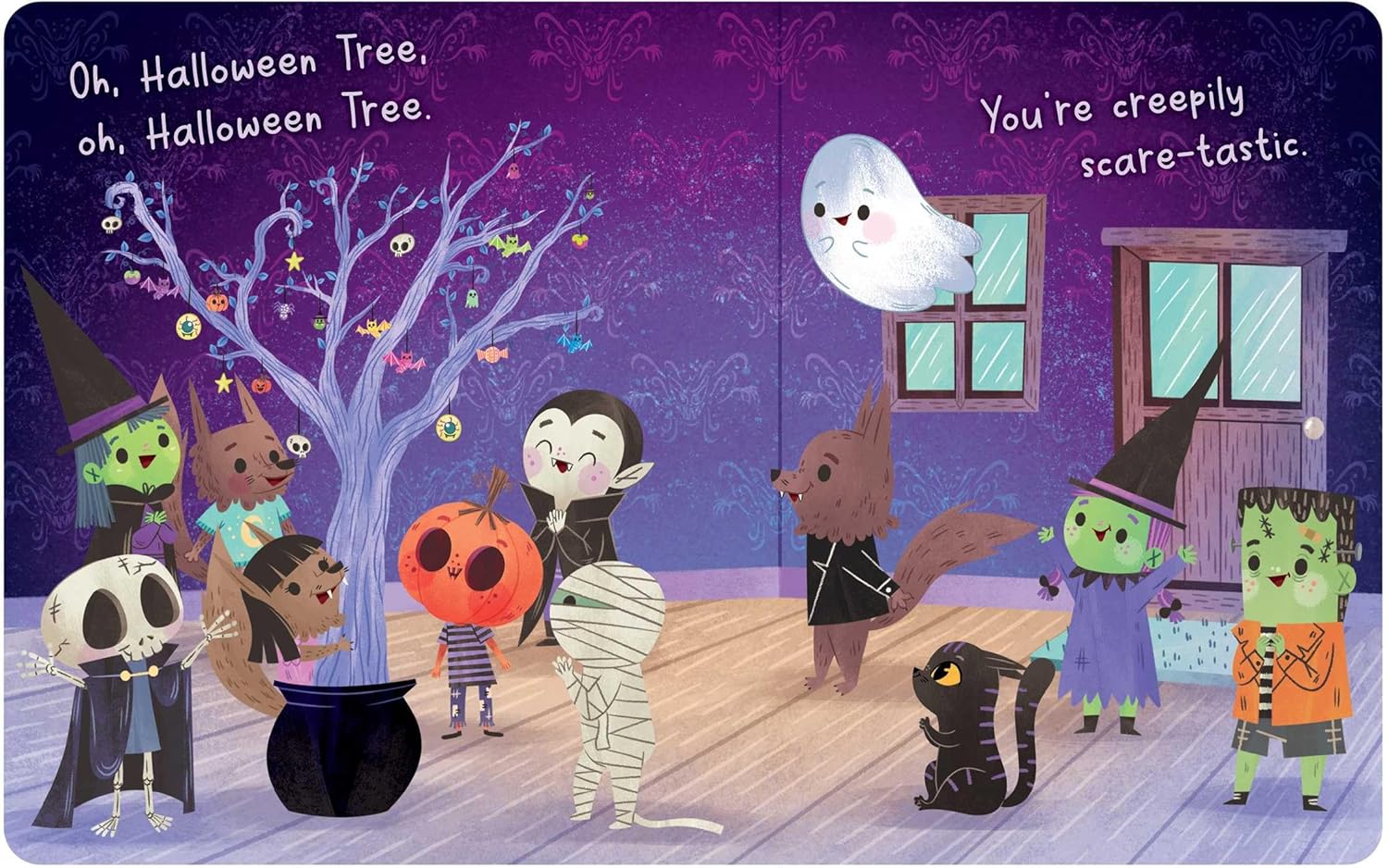
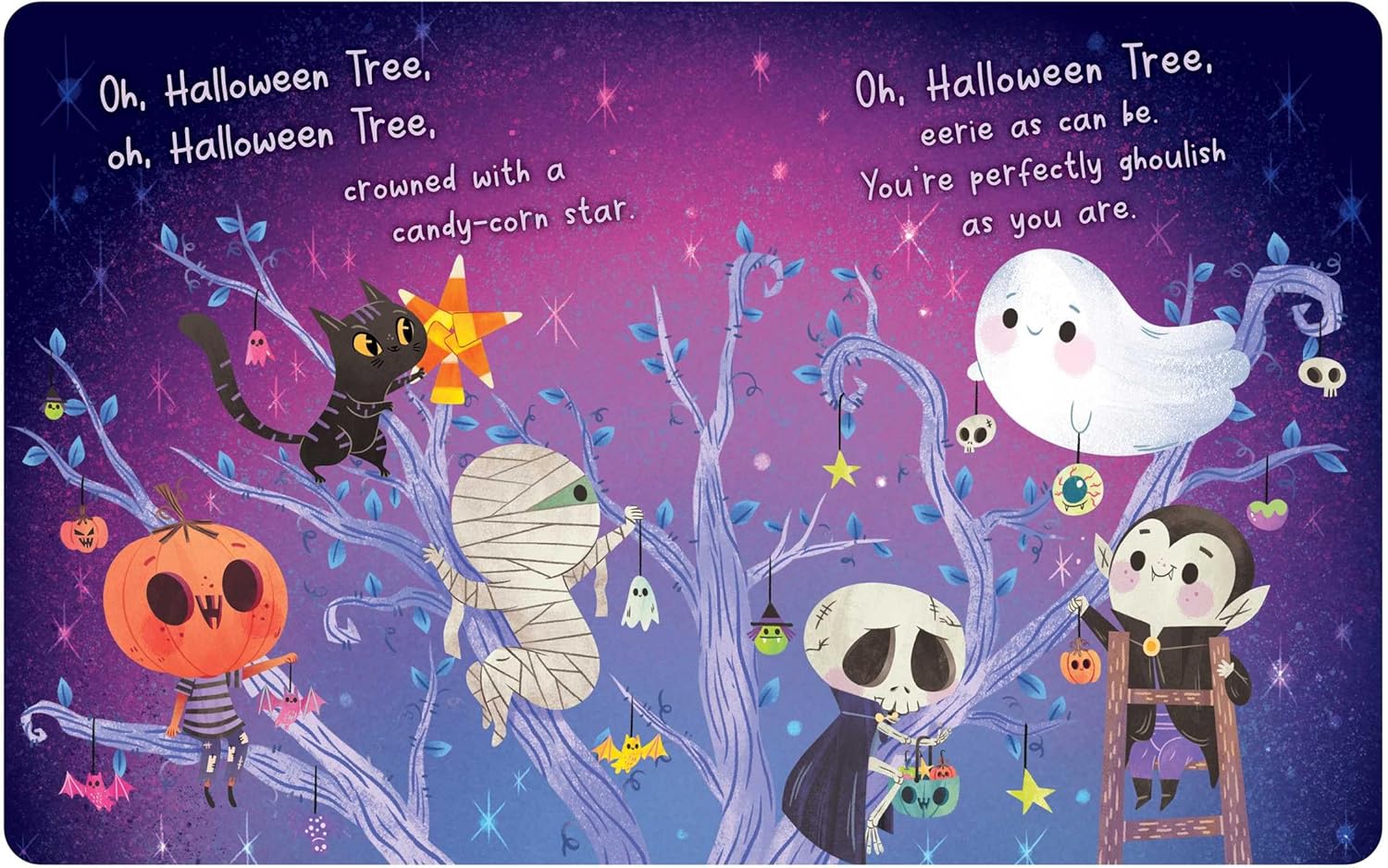
Price: $7.99 - $5.89
(as of Sep 11, 2025 12:16:07 UTC – Details)




